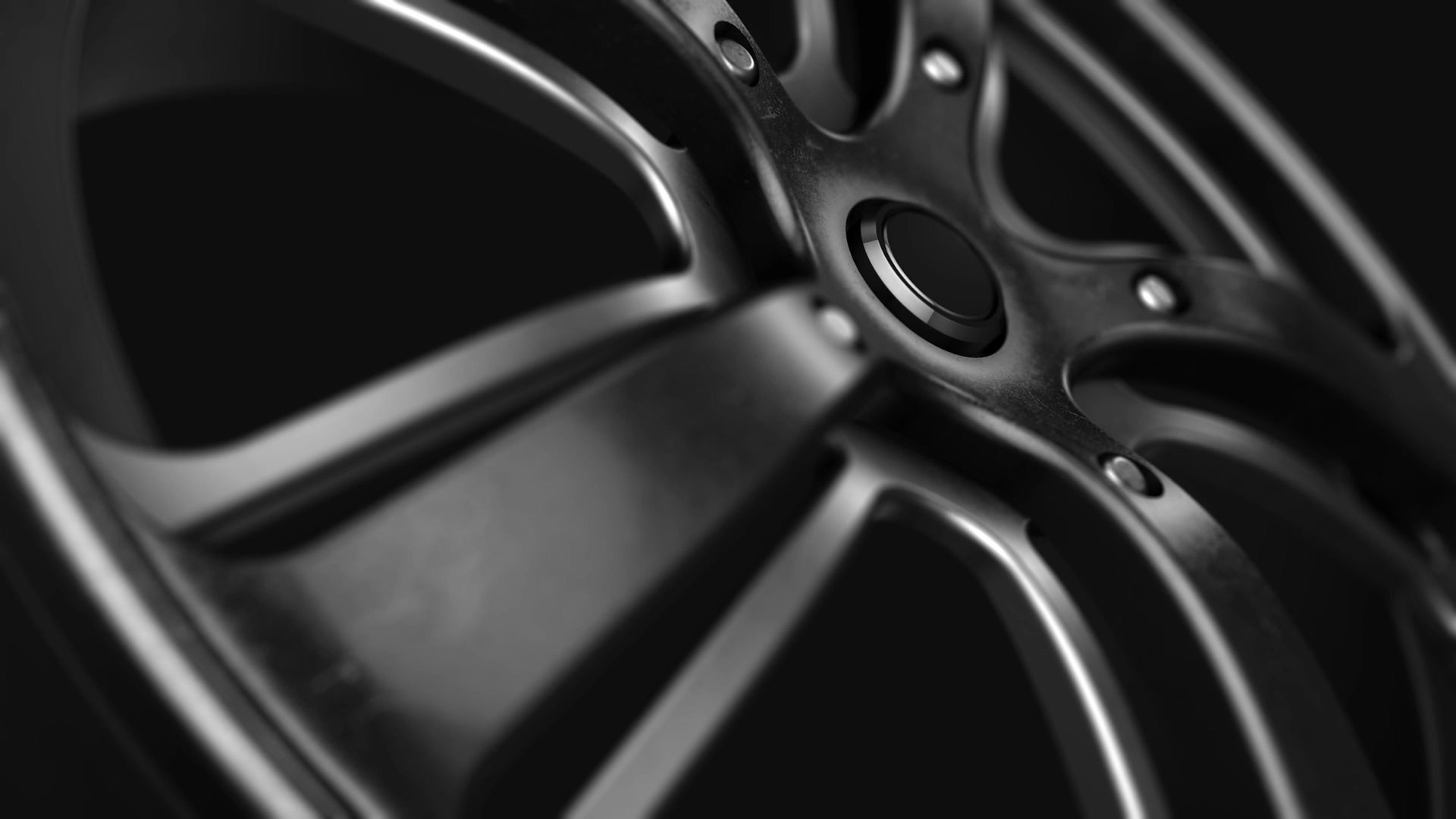The influence of tire balancing machines on vehicle cornering performance
- enze6799
- 3 minutes ago
- 3 min read
The Impact of Tire Balancers on Vehicle Cornering Performance: A Technical Analysis
Tire balancing is a critical maintenance procedure that ensures uniform mass distribution across a wheel-tire assembly. While often associated with ride comfort and tire longevity, its role in vehicle cornering performance is equally significant. This analysis explores how imbalanced tires disrupt steering precision, grip distribution, and suspension efficiency during turns.
Steering Response and Cornering Precision
Imbalanced tires introduce vibrations that propagate through the steering system, particularly during lateral maneuvers. When a vehicle enters a turn, the steering wheel must transmit precise inputs to the wheels. However, tires with uneven mass distribution create oscillating forces that counteract these inputs. For example, a tire with lateral imbalance may cause the steering wheel to "pull" or resist turning in one direction, forcing the driver to apply corrective pressure. This constant adjustment delays response times, reducing the vehicle’s ability to follow a intended cornering path.
Studies on vehicle dynamics reveal that even minor imbalances—as little as 10 grams of uneven weight—can alter steering torque by up to 5%. In high-speed corners, this discrepancy compounds, leading to understeer (where the vehicle plows wide) or oversteer (where the rear slips outward). Properly balanced tires eliminate these vibrations, ensuring steering inputs translate directly to wheel movement without interference.
Tire Grip and Lateral Force Distribution
Cornering performance relies on consistent tire-to-road contact, which imbalanced tires disrupt. During a turn, the vehicle’s weight shifts laterally, increasing load on the outer tires. If a tire is unbalanced, its contact patch—the area of rubber touching the road—becomes uneven. Parts of the tire may lift slightly, reducing grip and causing localized slippage. This effect is pronounced in performance-oriented vehicles, where even a 2% reduction in contact patch area can decrease cornering grip by 15%.
Dynamic balancing addresses this by redistributing mass to ensure all sections of the tire maintain equal pressure on the pavement. For instance, a tire with radial imbalance might "hop" during lateral acceleration, breaking traction intermittently. By contrast, a balanced tire distributes forces uniformly, allowing the tread to conform fully to the road surface. This uniformity enhances lateral stability, enabling sharper turns at higher speeds without compromising safety.
Suspension Load and Cornering Stability
The suspension system plays a pivotal role in managing cornering forces, but imbalanced tires overload its components. Each time a vehicle turns, the suspension absorbs vertical and lateral stresses to keep the tires planted. However, vibrations from unbalanced tires create additional dynamic loads. These forces strain shock absorbers, springs, and bushings, reducing their ability to dampen road irregularities during turns.
Over time, this stress accelerates wear on suspension parts, leading to looser handling and reduced responsiveness. A study on suspension longevity found that vehicles with imbalanced tires experienced 30% faster degradation of shock absorber seals compared to those with properly balanced wheels. By minimizing vibrations, tire balancing preserves suspension integrity, ensuring it can effectively manage cornering loads. This stability is crucial for maintaining consistent tire contact and preventing body roll, which could otherwise destabilize the vehicle mid-turn.
Practical Implications for Drivers
Balancing tires is not a one-time fix. Events like hitting potholes, repairing punctures, or even temperature fluctuations can reintroduce imbalances. Drivers may not notice mild vibrations at low speeds, but these issues escalate during cornering. For example, a slightly imbalanced tire might feel smooth on straight roads but cause noticeable steering wobble at 60 mph through a curve.
Regular balancing checks—ideally every 10,000 miles or after tire rotations—prevent these issues. Technicians use specialized machines to measure imbalance in both radial (up-down) and lateral (side-to-side) planes, adding weights to counteract discrepancies. This process ensures tires rotate symmetrically, optimizing grip and steering accuracy. For drivers, the result is a vehicle that responds predictably to steering inputs, corners with confidence, and maintains stability even under aggressive maneuvering.
Conclusion
Tire balancing is a cornerstone of vehicle performance, directly influencing cornering capabilities through steering precision, grip distribution, and suspension efficiency. By eliminating vibrations and ensuring uniform mass distribution, balanced tires enable vehicles to navigate turns with greater stability and control. Neglecting this maintenance step risks compromised handling, accelerated wear, and reduced safety—emphasizing its importance in both daily driving and high-performance scenarios.





Comments